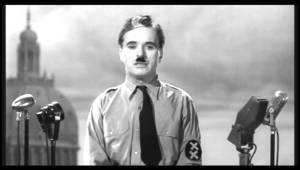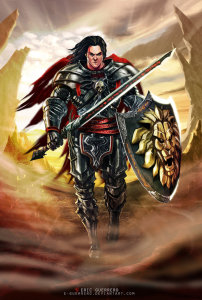Belladonna, and other tasty treats!
and other tasty treats!
Poisoning has been around for a long time. Socrates was forced to drink hemlock in the year 399 by his own hand. Of course, in today's world many toxins are around to do one in. I've listed some of the longtime favorites to whet your appetite. Over the years, I've found several incidents where an author used a poison not yet discovered. You can make up your own in fantasy or sci-fi, but I advise checking out your toxins if your setting is real world.
Belladonna is also know as Nightshade. Belladonna, or "pretty woman" in English is a flowering plant that can, over years, grow ten feet tall. The shiny black berries are the most poisonous, but the rest of the plant can kill you, too. It's found in Europe.
Another plant to reach ten feet is Poison Hemlock. It has pretty flowers and fleshy roots. It's not related to the Eastern Hemlock Tree grown in the United States. Paralysis of the lungs is usually the cause of death. The victim can't move, but is aware of what's happening around him until the very end. Not a happy way to go.
Arsenic inhibits the production of necessary enzymes and has been linked to cancer in small amounts. It was used in the middle ages, think the Borgias. The symptoms are similar to cholera.
Strychnine comes from Asia and Australia and wasn't discovered until 1818 by Pierre-Joseph Pelletier and Joseph Caventou.
Curare is slow and horrific. It comes from the Amazon (the forest, not the website). It's used in hunting and tribal warfare. Unless you're Indiana Jones, you probably won't need it.




 e technology plays a crucial role. Robotics, nanotechnology, advanced artificial intelligence, cloning, and all other derivatives of advanced, imaginable technology are often used as colors on the canvass painted into a reader’s mind. In George Orwell’s 1984, the all-seeing Big Brother uses the telescreen. In Aldous Huxley’s Brave New World, reproductive factories of the future are used to produce a limited number of citizens preordained to a caste-world void of pain.
e technology plays a crucial role. Robotics, nanotechnology, advanced artificial intelligence, cloning, and all other derivatives of advanced, imaginable technology are often used as colors on the canvass painted into a reader’s mind. In George Orwell’s 1984, the all-seeing Big Brother uses the telescreen. In Aldous Huxley’s Brave New World, reproductive factories of the future are used to produce a limited number of citizens preordained to a caste-world void of pain.



